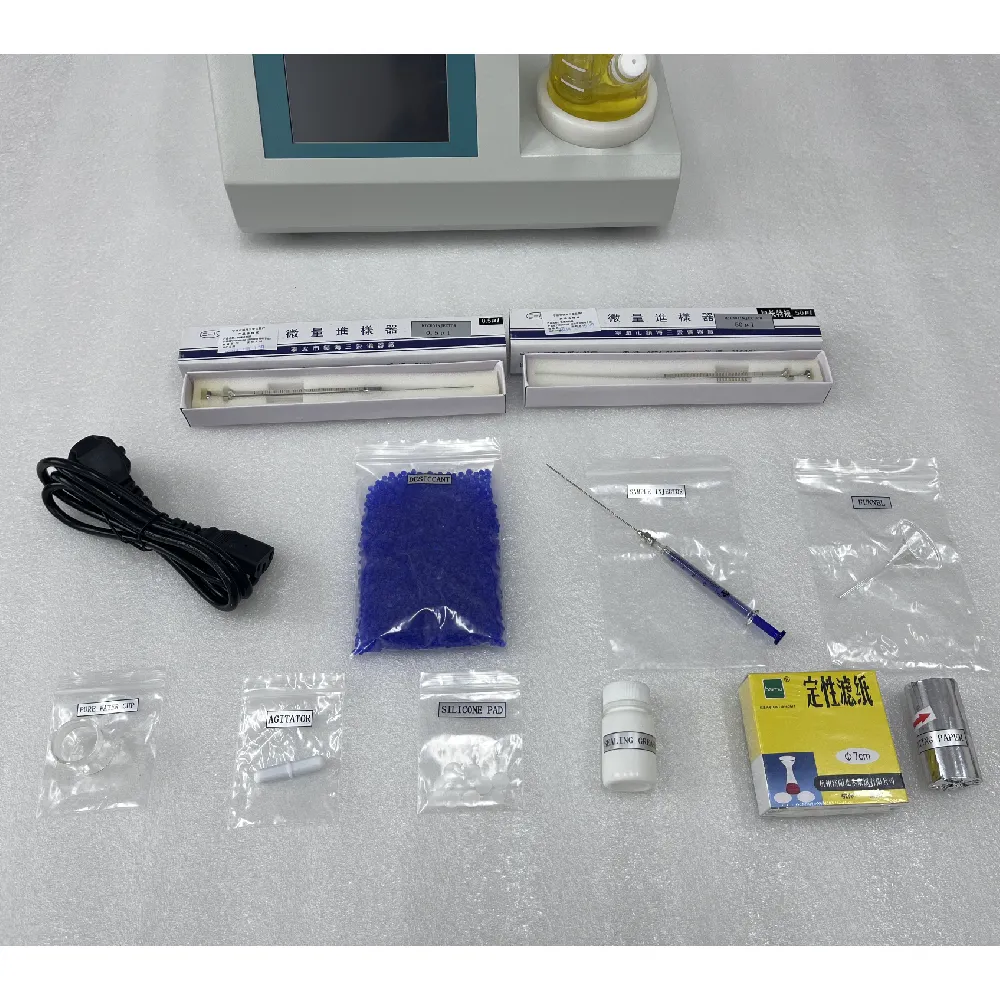 English
English


Comprehensive Guide to GM Oil Pressure Tester for Accurate Engine Diagnostics and Maintenance
Understanding GM Oil Pressure Testers A Comprehensive Guide
Oil pressure is crucial for the proper functioning of any vehicle, particularly for General Motors (GM) models. The oil pressure within an engine plays a vital role in ensuring that all components receive adequate lubrication, reducing friction, and preventing overheating. To diagnose potential issues related to oil pressure, a GM oil pressure tester is an invaluable tool. In this article, we will explore the importance of oil pressure testers, their functionality, and tips for effectively using them.
The Importance of Oil Pressure
Oil acts as the lifeblood of any engine. It lubricates moving parts, absorbs heat, and helps keep components clean by suspending dirt and debris. Insufficient oil pressure can lead to severe engine damage, including wear, overheating, and even complete failure. Therefore, maintaining proper oil pressure is essential for the longevity and reliability of a vehicle.
For GM vehicles, oil pressure can be influenced by several factors, including oil viscosity, pump efficiency, and the condition of oil passages. Understanding whether the oil pressure is within the acceptable range allows car owners and mechanics to preemptively address potential problems.
What is a GM Oil Pressure Tester?
A GM oil pressure tester is a specialized device designed to measure the engine's oil pressure accurately. It typically consists of a pressure gauge connected to a hose, which can be easily attached to the engine's oil pressure port. By monitoring the pressure levels, the tester aids in identifying issues like oil leaks, pump failure, or obstructions within the oil passages.
These testers come in various forms, including mechanical and digital gauges. Mechanical gauges typically use a Bourdon tube to measure pressure, while digital models provide a more straightforward display, often with enhanced accuracy.
How to Use a GM Oil Pressure Tester
Using a GM oil pressure tester is a straightforward process, but it requires attention to detail and adherence to safety protocols. Here’s a step-by-step guide
gm oil pressure tester

1. Preparation Start by ensuring the vehicle is parked on a level surface, and the engine is cool. Gather required tools, including the oil pressure tester.
2. Locate the Oil Pressure Port Refer to the vehicle’s service manual to find the oil pressure sending unit, usually located on the engine block.
3. Remove the Sending Unit Carefully disconnect the oil pressure sending unit using the appropriate wrench. Be prepared for some oil to spill during this process.
4. Connect the Tester Attach the oil pressure tester’s hose to the port where the sending unit was connected. Ensure it’s secured tightly to avoid leaks.
5. Start the Engine With the tester in place, start the engine and let it idle. Observe the gauge reading; it should stabilize at a specific range based on vehicle specifications, typically between 20-60 psi for most GM engines.
6. Analyze Results If the pressure reading is too low or fluctuates significantly, it can indicate potential issues such as a failing oil pump, clogged oil filter, or low oil levels. Conversely, excessively high readings may signal other mechanical problems.
7. Shutdown and Disconnect After taking the readings, turn off the engine, carefully remove the tester, and reattach the oil pressure sending unit.
Conclusion
Using a GM oil pressure tester is an essential maintenance task that every GM vehicle owner should familiarize themselves with. Regularly checking oil pressure can save time and money by preventing more severe engine issues down the line. By understanding how to use this tool effectively, drivers can ensure their engines are running smoothly and efficiently, ultimately prolonging the life of their vehicles. Remember, when in doubt, consult a professional mechanic to interpret results and address any concerns regarding oil pressure.
-
Differences between open cup flash point tester and closed cup flash point testerNewsOct.31,2024
-
The Reliable Load Tap ChangerNewsOct.23,2024
-
The Essential Guide to Hipot TestersNewsOct.23,2024
-
The Digital Insulation TesterNewsOct.23,2024
-
The Best Earth Loop Impedance Tester for SaleNewsOct.23,2024
-
Tan Delta Tester--The Essential Tool for Electrical Insulation TestingNewsOct.23,2024





